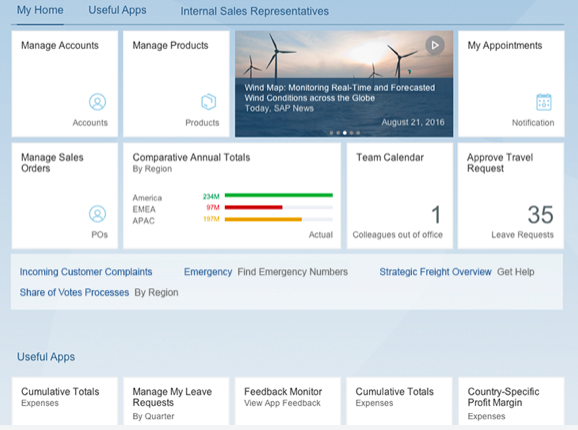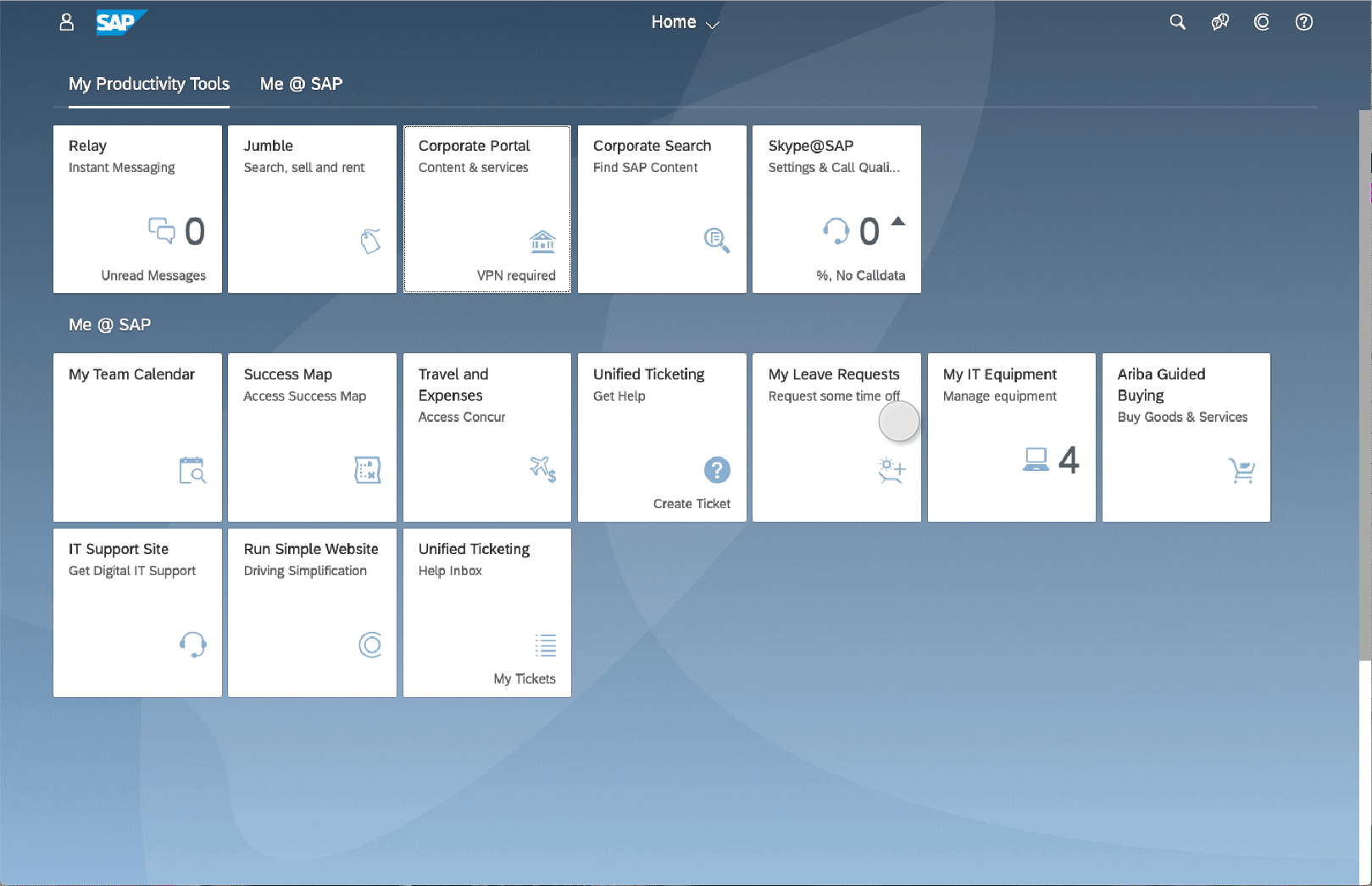Here are a few other things to consider:
- Avoid the inherent bias to design a graphical interface first then, add voice to it. Because you’re designing a conversational product, start with the conversation, then introduce other modalities to supplement it or to offset its limitations. This ensures that you are truly designing a conversational product, and not just a graphical interface with voice added.
- Also, keep in mind that just because conversational products can provide a multi-sensory experience, it doesn’t mean that it’s needed. People interact with technology all the time everywhere, and this can result in digital overload.
Consider the principles of calm technology to design effective, but less obtrusive interactions. Calm technology is an approach to designing technology that’s part of a user’s life, but that doesn’t intrude on it. Design products that don’t require all the user’s attention – just some of it, and only when necessary.
- Lastly, look beyond existing interactions, and explore new use cases and opportunities to help the user.
For example, in the past when Pat, a sales manager, scheduled a visit to a client, she had to prepare at least a day in advance. She would look up the address and the best route to the client’s site, and then pull up and save information about the client so she could easily retrieve it during her meeting. A digital assistant could streamline this process by proactively providing her with the relevant information on the day of her meeting.







